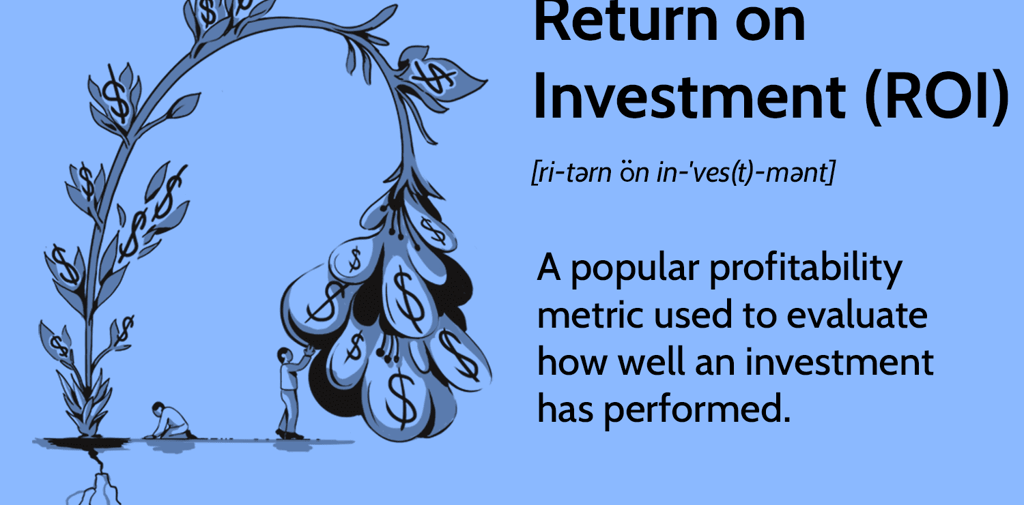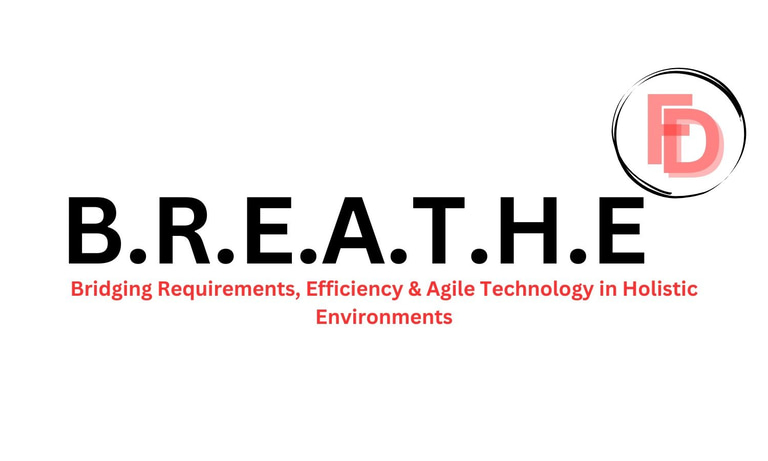Getting the right Value out of your S/4HANA Implementation
Ever project has its own risks, but the ROI on any business should be a resultant effect of best value derived from such business.
fafure david
2/2/20257 min read


S/4HANA ERP implementations can become a continuously consuming excessive resources, time, and money, without delivering the best value, if not properly carried out. These implementations should be focused more on creating value for the organization. How do we make this happen?
While we all can agree that several projects struggle because of cost, complexity, risk and the needed change to the organization, it oftentimes ends up becoming a project that gets out of control in terms of budget, time and some other factors. But instead of focusing on just how to ensure that the project doesn’t become an unprofitable venture, we also need to change our mindset into focusing on how to create value for the organization and maximize our Return on Investment and make sure we realize the benefits we should be getting from the use of S/4HANA. So, the question now will be how do we make that happen?
Why does the concept of value creation always expensive? One major reason for that is because a lot of times organizations are afraid that many SAP projects do fail. In fact, good percentage ERP project or digital transformation fails. It's not just an SAP problem.
But one of the things that we find is that organizations are so myopically fixated on not failing that they are obsessively focused on reducing time, reducing costs, controlling the project, etc; but it misses the bigger picture of how are we actually going to get a good ROI out of this? How are we going to ensure that we're not investing too much money for functionality that we don't need? And how do we invest more time and money in functionality that's actually going to deliver more business value? And oftentimes we get bogged down with all the different complexities and functionality of S/4HANA and all the different things it can do. And we lose sight of that fact of how are we going to create actual business value.
So that's the place to start is to recognize that to look at the ROI means that we have to look at the cost and the benefits and the overall business value of our S/4HANA implementation. And quite frankly, most organizations that go into S/4HANA implementations are focused on ROI when they first start. But something happens along the way when they get into the implementation to where things start to get more complicated and bogged down within the organization so that people start worrying too much about time and implementation cost and not enough about long-term business value.
How do we accomplish those competing goals and priorities. Now let's start with what most people focus on when they're looking at the ROI of their S/4HANA implementation, and that is implementation cost. I think we all intuitively know that if we can minimize implementation costs or at the very least make sure that the implementation costs don't balloon out of control, that's the denominator of your ROI calculation to figure out how much of a return we get on that investment.
So if we spend too much money with not enough return, obviously that's not a positive ROI when you compare it to a lower cost, higher value implementation. Some of the things that we can do to minimize costs during implementation would be, first, to make sure that you're focused on functionality that delivers business value and that you're not focused on functionality or modules or add-ons from SAP that don't deliver material ROI. And that's why doing a business case is so important up front.
You want to really analyze not just an overarching S/4HANA implementation, but look at individual modules and functions, look at the cost benefit to ensure that you're not just buying a bunch of software, but that you're doing it because you know you're getting business value and you're not doing it because you're pressured by a sales rep or an executive, who's driven by commission. Advisably, one of the best things you can do to start is make sure that you have a realistic understanding of your implementation costs and that you've rationalized the implementation cost up front, so that you don't get surprised or overwhelmed with too much complexity and too much cost that lowers and diminishes the ROI of your implementation. One of the most overlooked aspects of ROI or return on investment or value creation is what happens at the moment you go live with S/4HANA.
And what this means is that a lot of times we focus on implementation cost and or we at least think we know how to manage that, thinking we understand it, and then we look at long-term business value. But what doesn't happen is organizations miss this really big risk and this big opportunity in the middle, which is what happens in those weeks or months right after go live.
For example, if you go live with S/4HANA and you can't ship product for six weeks or eight weeks or you can't run payroll for six weeks or eight weeks, what does that do to your organization? What does that cost? And the reason you need to understand that is because you have to quantify the risk and you have to figure out how are we going to minimize the risk, which by the way might require us to spend more on the implementation cost, which of course we're also trying to minimize.
But if we minimize implementation cost and just increase our operational disruption risk, that is not a good trade-off. And so we have to look at not just implementation cost but what happens at the time of go live and how are we going to mitigate and make sure that we don't have customer impacts or employee impacts or payroll impacts, regulatory impacts, things that are negative in nature that might actually undermine the value creation of our organization. Those are some of the things to think about in terms of operational disruption, quantifying that and understanding that risk so that we can mitigate those things along the way.
Now the real money and the real ROI should come from long-term business value. If you do your project right and you focus on the right things, you implement the highest value functions within S/4HANA, you've minimized operational disruption, longer term for the value you get, the efficiency gains, the increases in revenue and all the other advantages of implementing S/4HANA, that should be the real driver of ROI. However, most organizations stop at the time to go live, they stabilize the system and they don't focus enough on that long-term business value, actually achieving that long-term business value.
And if you think about it, when you've spent all this time and money on an implementation, why not spend a little bit more to really maximize and push up some of those areas of business value. So one of the biggest things you can do here is quantify what your expected business benefits are, not just in terms of a business case that gets justification and then just gets thrown on a shelf after the approval for the project, but instead you use that same business case to quantify where you expect to get business benefits, how exactly you expect to get it, what functionality and capabilities within S/4HANA that will deliver those areas of business value, and use that as a tracking mechanism going forward rather than just assuming we're done with the project because we've gone live.
Now you may be wondering how do we get this business value that you keep talking about, that long-term business value? I will like to mention that one way to do that is to develop a business case and use that as a benefits realization or value creation tool to actually manage and track benefits over time.
But we can also take it a step further here and talk about what should happen after go-live. After go-live of your first phase, instead of just jumping to the next phase or the next location of your rollout, I would suggest that you take some extra time to push off that next phase to optimize and really fine-tune what you've just gone live with because that's where the real value is. And usually these are small fixes.
Usually there's a lot of small little tweaks you can be making that can have a tremendous amount of value. It might be something as simple as retraining your people - doing some refresher training. It could be minor configurations that were not properly setup.
Though it may not be bringing your business to its knees, but you will be leaving a lot of business value on the table because you haven't configured the software the way you ought to have. It could be that there's some integration issues or data issues. So, there's a lot of things that you can be cleaning up that are pretty low cost but can have a tremendous amount of value.
And if you spend the time and money to do that rather than just jumping to the next phase, you're really going to be able to maximize the ROI of your investment. Now the other benefit of this approach of sort of deferring and pushing off your next phase of the project is that you can learn from what you just did. You can look at the mistakes you've made and you can fine-tune and improve the next phase.
But if we rush to the next phase, we're going to make the same mistakes again. So, we might as well spend the time to get it right, fine-tune, optimize, learn, and maximize the ROI we get in that first phase. And then on the later phases of the project, we can get smarter and be better, getting more ROI along the way.
One of the biggest things you can do is to slow down and push off your next phase of the project and really optimize post-implementation to ensure that you're getting the best business value.
I hope you find this useful on how to get more value out of your S/4HANA implementation.
